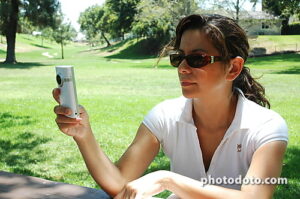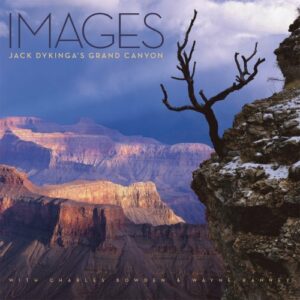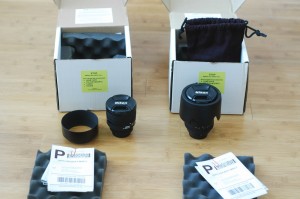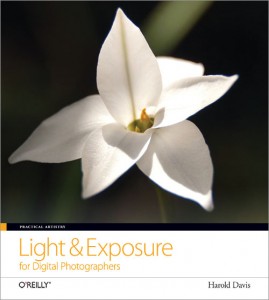 The Flip Mino video camera (www.theflip.com) could be the perfect complement to your digital still camera. I received a review copy of the Flip Mino this morning (sorry, no giveaway—it’s going back to Pure Digital soon) and within minutes I was making videos. See gallery and sample video at the end of this review.
The Flip Mino video camera (www.theflip.com) could be the perfect complement to your digital still camera. I received a review copy of the Flip Mino this morning (sorry, no giveaway—it’s going back to Pure Digital soon) and within minutes I was making videos. See gallery and sample video at the end of this review.
Just about every consumer digital still camera I can think of has the ability to capture videos. And videos from the Mino aren’t going to wow you with their quality. What sets the Mino apart (I think it’s pronounced “minnow”) are it’s ease of use, size, and that it can capture up to 60 minutes of television quality video (640×480 @ 30 frames/second) onto a 2GB internal memory. It is a device laser-focused on doing one thing and doing it well: creating video for viewing on the internet. Think YouTube and mailing videos to grandma.
My Nikon D70 has no video capability at all and our Canon Elph, while respectable in the video arena, doesn’t have the juice to record a lot of video on a single charge. Plus, since video shares space with stills on the same memory card,




 There has been a lot of discussion and a lot of fear among photographers regarding potential orphan works legislation.
There has been a lot of discussion and a lot of fear among photographers regarding potential orphan works legislation.






